Entry Type: Place - Starting with D
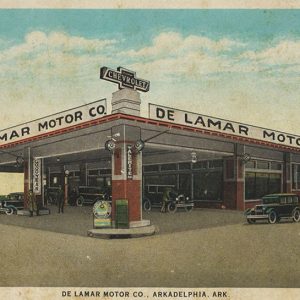 De Lamar Motor Company
De Lamar Motor Company
De Queen (Sevier County)
 De Queen Chamber of Commerce
De Queen Chamber of Commerce
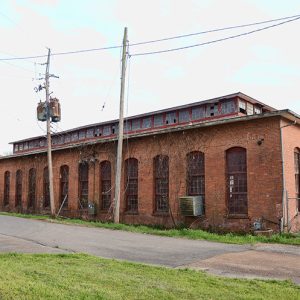 De Queen and Eastern Railroad Machine Shop
De Queen and Eastern Railroad Machine Shop
De Queen Commercial Historic District
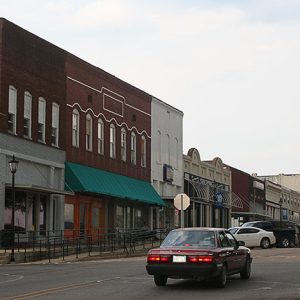 De Queen Commercial Historic District
De Queen Commercial Historic District
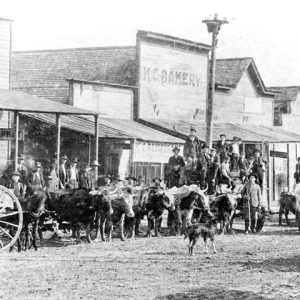 De Queen Street Scene
De Queen Street Scene
 De Queen Street Scene
De Queen Street Scene
 Deaf Mute Institute
Deaf Mute Institute
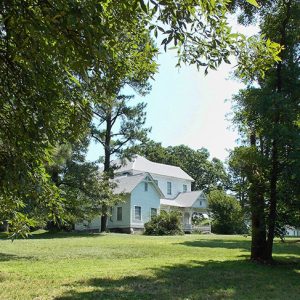 Dearing House
Dearing House
Decatur (Benton County)
 Decatur Street Scene
Decatur Street Scene
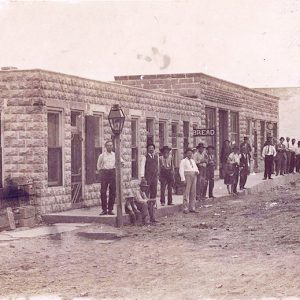 Decatur Street Scene
Decatur Street Scene
 Dee Brown Library
Dee Brown Library
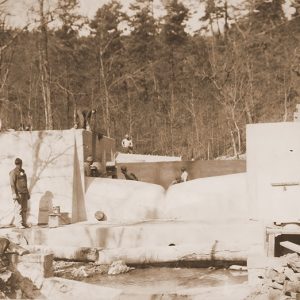 Deep-Notch Weir
Deep-Notch Weir
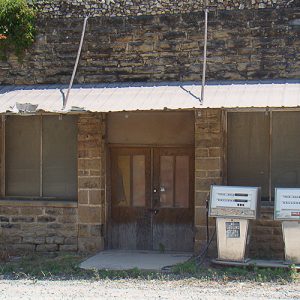 Defunct Business
Defunct Business
 DeGray Creek Bridge
DeGray Creek Bridge
DeGray Dam and Lake
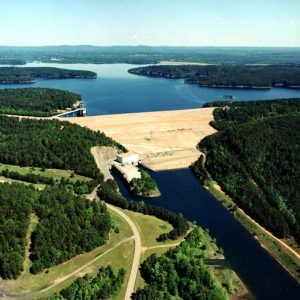 DeGray Dam and Lake
DeGray Dam and Lake
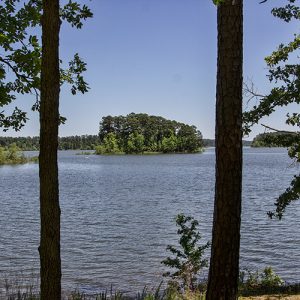 DeGray Lake
DeGray Lake
DeGray Lake Resort State Park
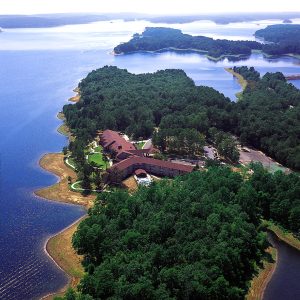 DeGray Lake Resort State Park
DeGray Lake Resort State Park
 DeGray Lake Resort State Park: Park Location
DeGray Lake Resort State Park: Park Location
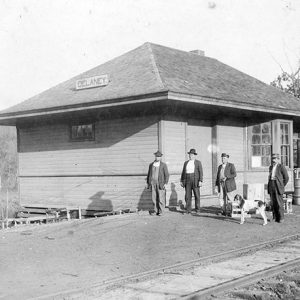 Delaney Depot
Delaney Depot
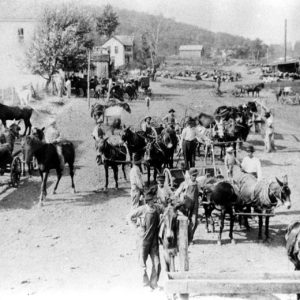 Delaney Street Scene
Delaney Street Scene
Delaplaine (Greene County)
 Delaplaine Street Scene
Delaplaine Street Scene
Delight (Pike County)
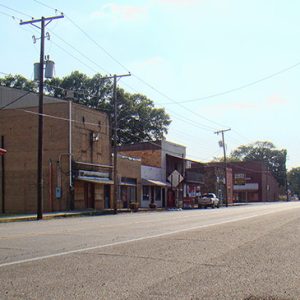 Delight Street Scene
Delight Street Scene
Dell (Mississippi County)
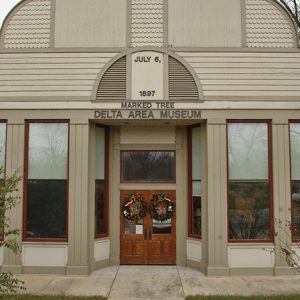 Delta Area Museum
Delta Area Museum
Delta Cultural Center
 Delta Cultural Center
Delta Cultural Center
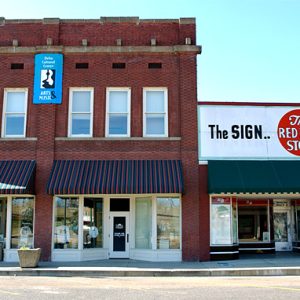 Delta Cultural Center
Delta Cultural Center
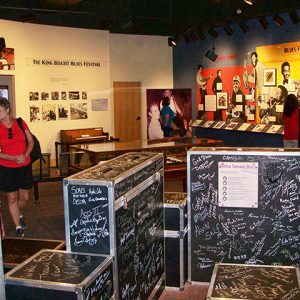 Delta Cultural Center
Delta Cultural Center
 Delta Gateway Museum
Delta Gateway Museum
 Delta Gateway Museum
Delta Gateway Museum
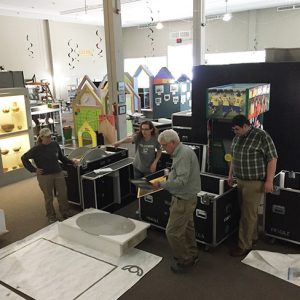 Delta Gateway Museum
Delta Gateway Museum
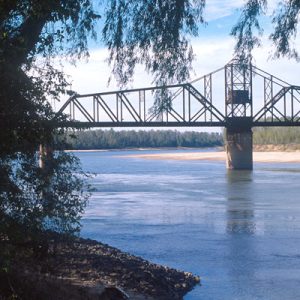 Delta Heritage Trail
Delta Heritage Trail
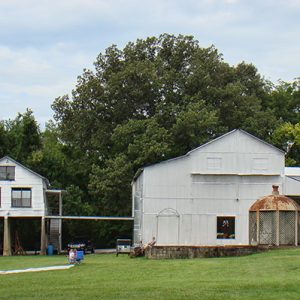 Delta Heritage Trail State Park
Delta Heritage Trail State Park
Delta Heritage Trail State Park
Denieville (Independence County)
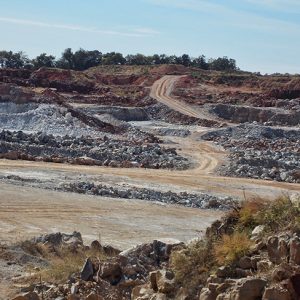 Denieville White Lime
Denieville White Lime
 Denieville Lime Kiln
Denieville Lime Kiln
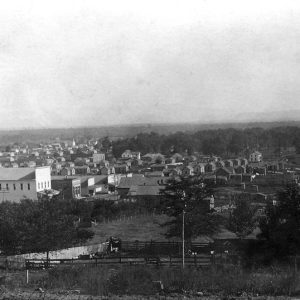 Denning
Denning
Denning (Franklin County)
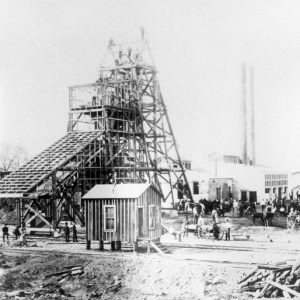 Denning Coal Mine
Denning Coal Mine
Dennison Heights (Independence County)
 Denso Plant
Denso Plant




